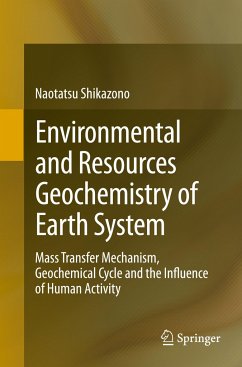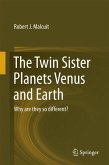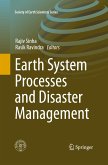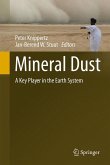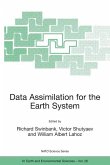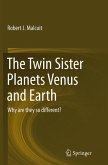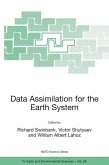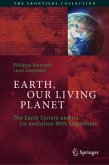The Earth system consists of subsystems that include the atmosphere, hydrosphere (water), geosphere (rocks, minerals), biosphere, and humans. In order to understand these subsystems and their interactions, it is essential to clarify the mass transfer mechanism, geochemical cycle, and influence of human activity on the natural environment. This book presents fundamental theories (thermodynamics, kinetics, mass balance model, coupling models such as the kinetics-fluid flow model, the box model, and others) concerning mechanisms in weathering, formation of hydrothermal ore deposits, hydrothermal alteration, formation of groundwater quality, and the seawater system. The interaction between fluids (atmosphere, water) and solid phases (rocks, minerals) occurs both in low-temperature and also in high-temperature systems. This book considers the complex low-temperature cycle with the high-temperature cycle, a combination that has not been dealt with in previous books concerning Earth systems. Humanity is a small part of the biosphere; however, human activities greatly influence Earth s surface environments (atmosphere, hydrosphere, biosphere, soils, rocks). Thus, the influences of humans on other subsystems, particularly mass transfer in the deep underground geologic environment composed of host rocks and groundwater, are discussed in relation to high-level nuclear waste geologic disposal and CO 2 underground sequestration topics that have not been included in other books on environmental science.
Bitte wählen Sie Ihr Anliegen aus.
Rechnungen
Retourenschein anfordern
Bestellstatus
Storno

